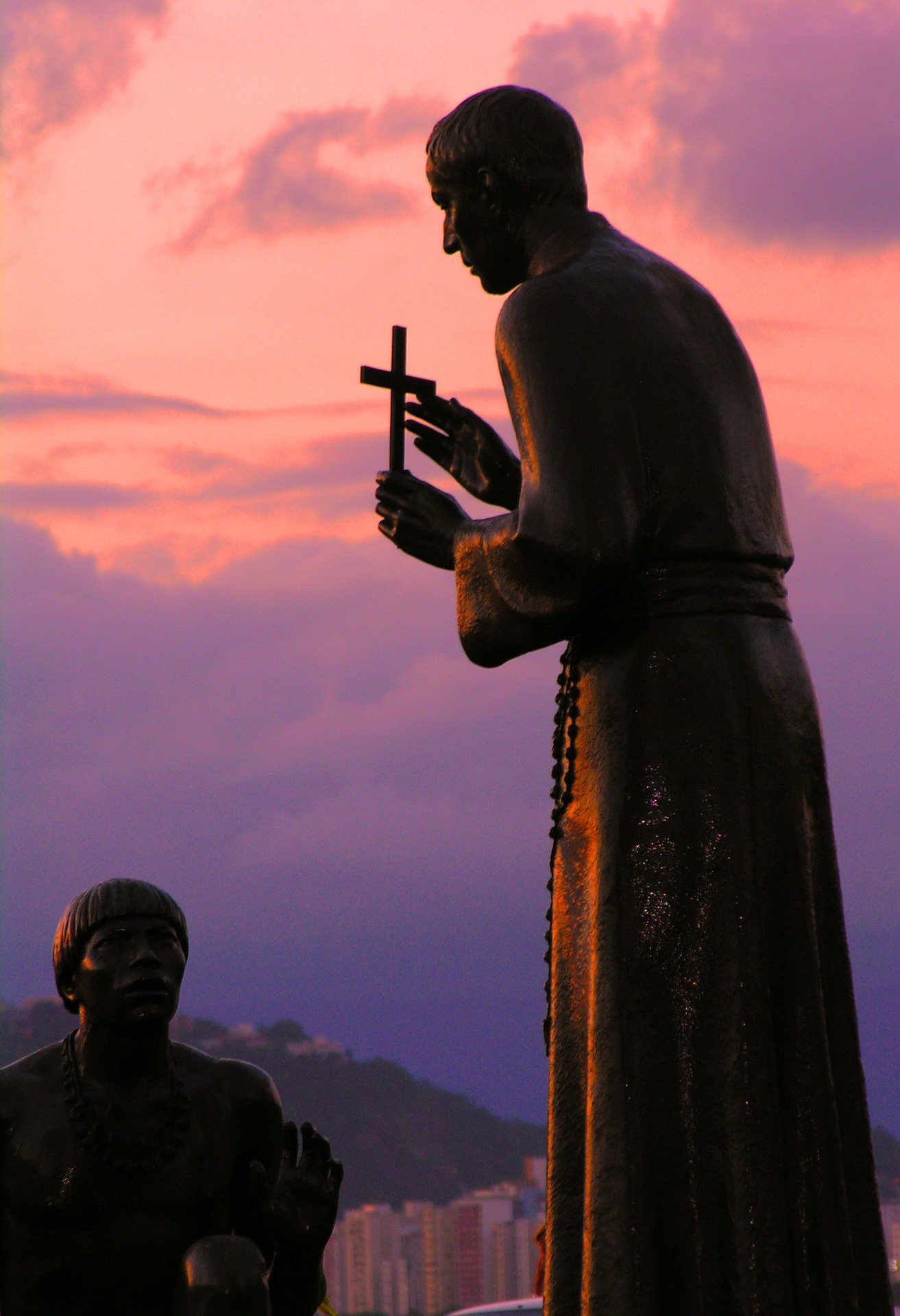Doctrine
What is exorcism in Catholic Church
Definition of Exorcism?
Exorcism is a spiritual or religious practice of casting out demons and evil spirits from a person(also object) that is believed to be possessed .
Depending on the spiritual beliefs of the Exorcist(a person that perform Exorcism), exorcism can be done by performing a ritual or by commanding the demon to depart in the name of higher power (Jesus Christ ) at times saying oath not to return
The word Exorcism from Latin word “Exorcizo te”means”I command you “
In Greek ἐξορκισμός, exorkismós which means “binding by oath”)
The exorcist can use prayers and religious material(eg sacramental, symbols etc.) to cast out demons.
He often call on the angels, archangels,Jesus Christ, and other heavenly beings to intervene with the exorcism
In catholic church the exorcist must be an ordained priest who is highly prayerful and gifted to perform such ritual also has good knowledge about demons so as to identify when someone is possessed and when someone has psychological problem. He can have an assistant who can be a lay person or also a priest
The practice of exorcism dates back from the Gospels. Jesus Christ, who performed exorcisms as part of his miraculous healing ministry. (Matthew, Mark, Luke) which stated that Jesus drove out many demons, and that he would not allow the demons to speak because they were intent on revealing his identity as “the son of God.” In all three Gospels Jesus also gives authority to his disciples to cast out unclean spirits or demons.
Procedures for exorcisms
In order to fully understand the goals of an exorcism, it becomes crucial that one understand actual procedure. Vincentius von Berg’s famous exorcism manual, Enchiridium, supplied a list of tests to determine whether the possessing spirit were good or evil. The spirit was said to be wicked if it:
1 Fled at the sign of the cross, holy water, the name of Jesus, etc.
2 Said anything against the Catholic Faith.
3 times Excited the mind of the possessed to pride, vainglory, despair, etc.Refused to discuss the possession with a priest.
4 Appeared with a loathsome or dejected appearance, or departed leaving a stench, noise, frightfulness, or injury.
5 Approached mildly, but afterward left behind grief, desolation, disturbance of soul and clouds of the mind.
If the exorcist felt confident that the person was truly possessed, the next step was to conduct an exorcism. Therefore, it became imperative that the exorcist determine how the evil spirit entered into the afflicted’s body. There were only two ways in which a person can be possessed: the permission of God for the demon to enter the body or a witch’s incantations inducing the demons to take possession.
Even if the exorcist suspected the possession was a witch’s doing, he was forbidden to question the name of the suspect, for doing so would be obtaining help from the devil. The Sorbonne in 1620 proclaimed that the testimony of demons could never be accepted. Demons always lied, even under the influence of an exorcism.
If after all of these tests, the exorcist believed that the evidence was insufficient to reach a conclusion, he would perform a general . When the exorcist was finally convinced of an actual possession, he would ask the devil a series of questions.
The most important task was naming the demon(s) torturing the victim. In so doing, the exorcist was able to have control over him, according to a primitive animistic theory.
In addition, the knowledge of the demons could help in treatment and the exorcist was allowed to specially tailor the exorcism to cure a victim of a particular demon. Other questions included how many devils were possessing the sufferer, how long the devil planned on staying, and how it entered the body. These questions as part of the exorcism occurred between prayers.
Finally, the practice of exorcisms was not to be taken lightly. Certain safeguards were made, such as the presence of witnesses, especially concerning women demonics, and warning existed to caution the exorcist from saying or doing anything that may provoke obscene thoughts.
The exorcist must also be keenly aware that they are placing himself in great danger. He must be prepared to have his entire life bared by the paranormal knowledge of the Devil.
About Author
























